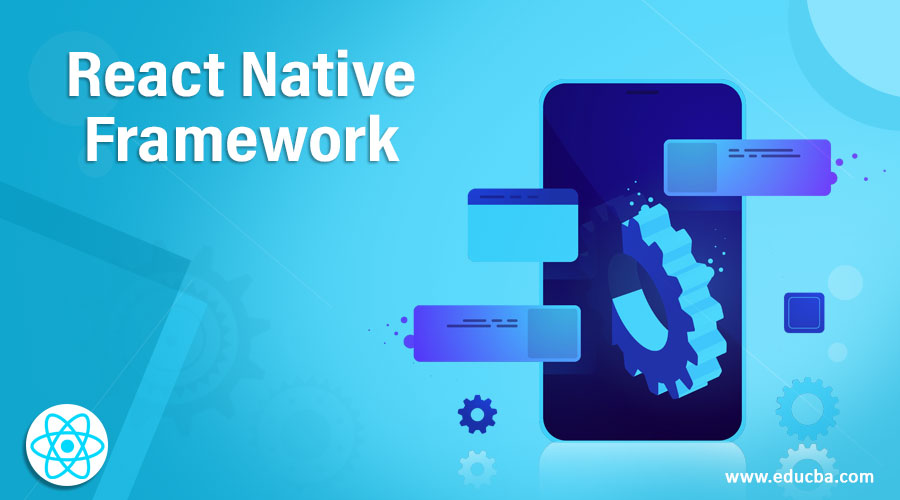


Lastly if you are using Android Studio, the SDK is placed where you have set it to place the SDK files downloaded through the Studio's SDK Manager. Scripted installs may even add the SDK to /opt/java-8-oracle, but as of this writing, the Java Install instructions leave the folder placement in your hands. home/ username/jdk-8u121_1.8.0 (or something similar). If you have installed via the Java JRE/SDK download, it will be wherever you placed the folder, e.g. You can find this path set in the JAVA_HOME environment variable: $ echo $JAVA_HOME

If you are using a package-based JRE install like Java 8 JRE via a the custom PPA in a Debian-based distribution, or used OpenJDK, the directory will most likely be /usr/lib/jvm/java-8-oracle (or whatever version you have chosen). Your project is not finding the SDK set in the Project Settings via the path provided, so the project needs to be pointing in the right direction, and you have a couple options to accomplish this, but let's start by finding the correct SDK folder first. I used brew cask to install Android SDK following these instructions.įixing SDK Path Errors on Linux Distributions Then add it to the $PATH export PATH=$ANDROID_HOME/tools:$PATHĮxport PATH=$ANDROID_HOME/platform-tools:$PATHĮxport PATH=$ANDROID_HOME/build-tools/28.0.1:$PATHĪndroid-23 export ANT_HOME=/usr/local/opt/antĮxport ANDROID_HOME=/usr/local/share/android-sdkĮxport ANDROID_SDK_ROOT=/usr/local/share/android-sdkĮxport ANDROID_NDK_HOME=/usr/local/share/android-ndkĮxport INTEL_HAXM_HOME=/usr/local/Caskroom/intel-haxm Or export ANDROID_HOME="/usr/local/share/android-sdk" Sdk can be installed on /Library/Android/sdk or /usr/local/ to be sure check it by which sdkmanagerĮxport ANDROID_HOME export ANDROID_HOME=$HOME/Library/Android/sdk How to open the AVD manager on OSX from iTerm2? android-28 / android-30 This will download and install the newest Dynamic Yield iOS SDK.I don't think it's recommended to update the local.properties file to get to add the missing environment vars. Just run pod update from the command line. To use new features, you need to update the Dynamic Yield SDK installed in your app. The Dynamic Yield SDK is updated periodically and is always backwards compatible.


 0 kommentar(er)
0 kommentar(er)
